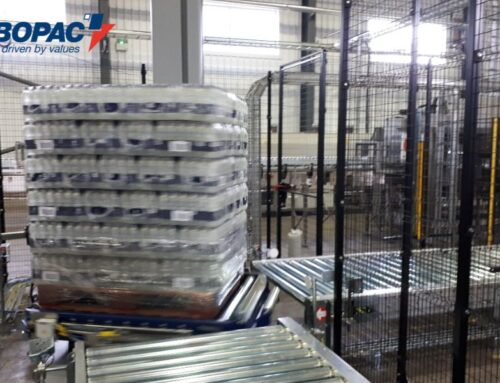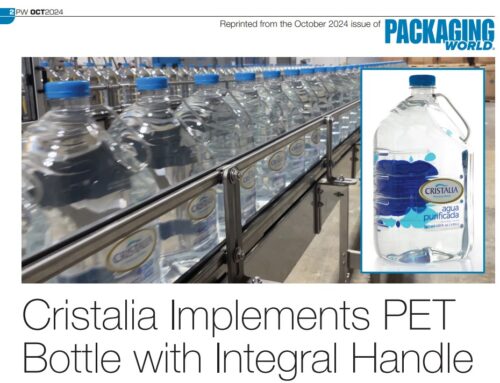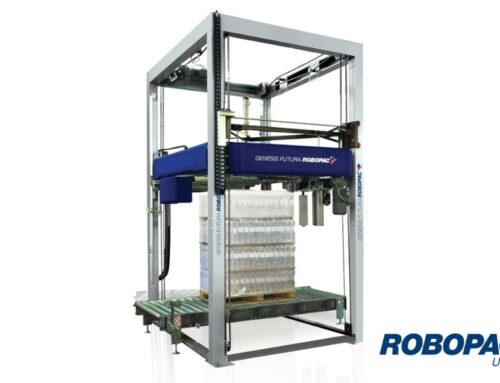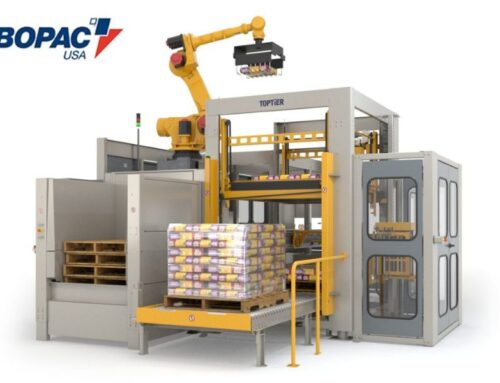Thanks to the ever-increasing popularity of e-commerce, international shipping is more common than ever before. Even small businesses can cater to a global audience if they have an attractive website and can ensure secure online transactions. But making e-commerce sales is only one part of the equation. Businesses also need to make sure their international orders reach end users successfully. That’s where dependable overseas shipping services come in.
There are plenty of things to consider when building an international supply chain. Following best practices for packaging, transportation, documentation, and other procedures is the key to establishing a reliable logistics process. Optimize your international shipping with this guide to what you need to know before shipping items overseas.
Pay Attention to Customs Taxes
The customs process can feel tedious, but it’s a crucial part of sending your shipments across international borders smoothly and efficiently. Pay close attention to your paperwork and make sure you fill out everything correctly. Taxes and other fees will vary depending on what you’re shipping and where you’re shipping it to, so double-check your information to ensure you fully cover costs.
Remember, mistakes can lead to costly fees and stressful delays. Take your time and work with your carriers to make sure everything is in order before you ship. This will help you stay compliant and enjoy less hassle with your international shipments.
Compare Different Pallet Types
Choosing the right pallet type helps protect your products and ensure they move through the supply chain safely and securely. Compare different sizes, materials, and styles to find the ideal solution for your freight.
For example, should you use wooden or plastic pallets? Plastic pallets are lighter, lowering the overall weight of your shipment and creating cheaper shipping fees. However, the pallets themselves are more expensive and less eco-friendly than wooden pallets. You should also consider pallet durability. Make sure the solution you choose is sturdy enough to keep your product load stable and secure as it moves through the supply chain.
In some cases, you might want to use crates instead of pallets. This is particularly true for sensitive items or other goods that need stronger protection than typical pallet stretch wrapping. If you use crates, make sure you label them properly, including identifying lifting points if the crate doesn’t have clear forklift access points.
Know Your Package Size and Weight
The weight and size of your product load influence your shipping fees, so it’s important to know the precise dimensions of your freight before you ship it. Use your own scale to weigh shipments. This tool ensures that you know the weight of your package before you ship it, helping you budget and preventing incorrect weight estimations—and the resulting fees—down the line.
Pay extra attention to carrier-specific shipment requirements. Some carriers will have size or weight restrictions that can throw a wrench in your shipping processes if you’re not careful. Work closely with carriers to ensure you’re meeting their standards so you can avoid any delays and unexpected fees.
Delivery Dates Can Vary
It’s important to know your delivery date ahead of time, but it’s also necessary to know that those dates are estimates. They can vary depending on circumstances, such as mistakes with customs, incorrect taxes or fees, harsh weather, and more. All these issues can create roadblocks that disrupt your shipment and disappoint customers.
When calculating delivery dates, give yourself a little bit of a buffer to factor in these kinds of delays. This leeway will help you plan your shipment so that it still arrives on time, even if you run into delays. Anticipating delays leads to less stress during transit and happier customers at the end of the process.
Shipping Fees Can Vary
Shipping fees also vary greatly. Factors such as the carrier you work with, the country you’re shipping to, the products you ship, and the weight and size of your freight all influence the cost of shipping. That’s why it’s crucial to compare prices ahead of time and know all the details of your shipping. It’s also a good idea to compare carriers, especially if you don’t have a trusted logistics partner already. Comparing carriers lets you look at different prices and choose the shipping partner that works best for your budget and needs.
Include Commercial Invoices and Other Documents
In addition to the customs fees and taxes we discussed above, you also need to pay attention to vital shipping documents such as the Commercial Invoice. This invoice acts as a receipt for your shipment. It contains a comprehensive list of the products you’re shipping as well as information about the sender, the receiver, the value of the freight, and more.
Other documents you might need to prioritize when shipping internationally include:
- Certificate of Origin
- Shipper’s Export Declaration
- Electronic Export Information
- NAFTA Certificate of Origin
- Any industry-specific compliance documents
Paying attention to shipping documents helps you fill out everything you need ahead of time so that you can avoid complications that cause delays down the line.
Take Care With Special Goods
As always, restricted items or perishable items require special attention during shipment. Restricted item lists vary from country to country, so be sure to double-check with the country you’re shipping to so that your products don’t get stuck in customs. For perishable goods, be sure to follow best practices like proper ventilation and temperature control to protect the products and avoid spoiling or damage during the longer transit times.
Compare Different Shipment Methods
One of the most important things to know before shipping items overseas is what kind of shipment method you want to use. Air, ground, and sea shipments all have advantages and drawbacks that affect the cost and speed of your shipment. Shipping products by air is the fastest way to deliver goods, but it is expensive and less eco-friendly than ground shipments. Sea shipment is more affordable, but it takes longer and is dangerous for perishable goods, which don’t do as well in the closed containers of sea freight carriers.
Remember that in many situations, you will have to use a combination of air, sea, or ground shipping. Pay close attention to your different options and plan your route—and your carrier—accordingly.
Optimized Packaging Is Vital
The right industrial stretch wrap machines help protect your product loads and prevent issues throughout your supply chain. By optimizing your packaging line, you can streamline operations and minimize product loss during international shipping. Visit Robopac USA today and explore cutting-edge packaging solutions for your business.








